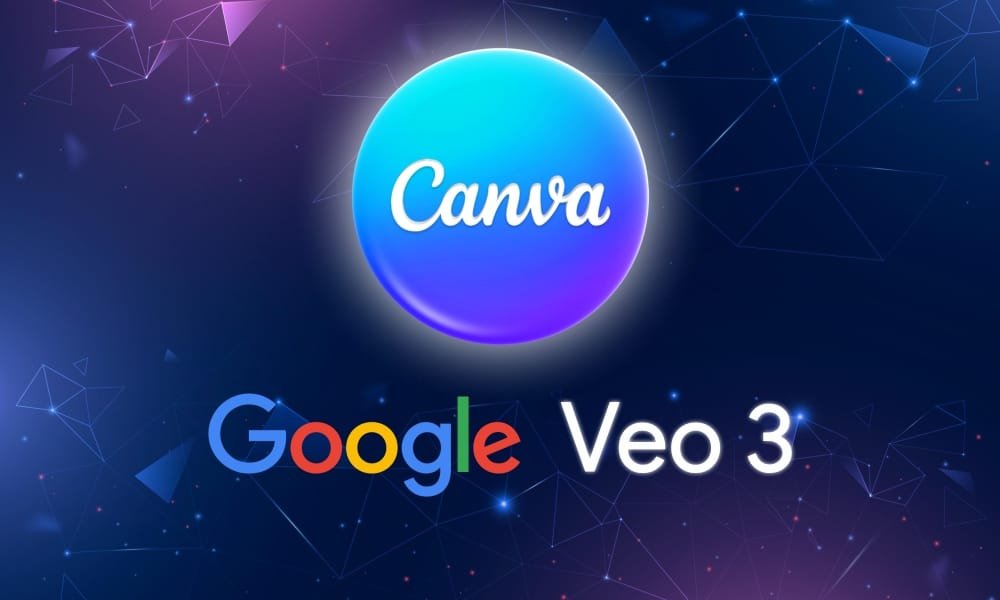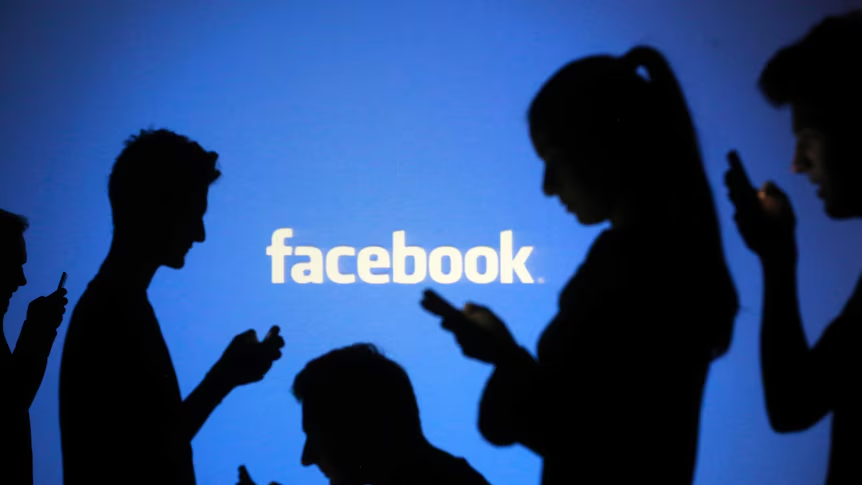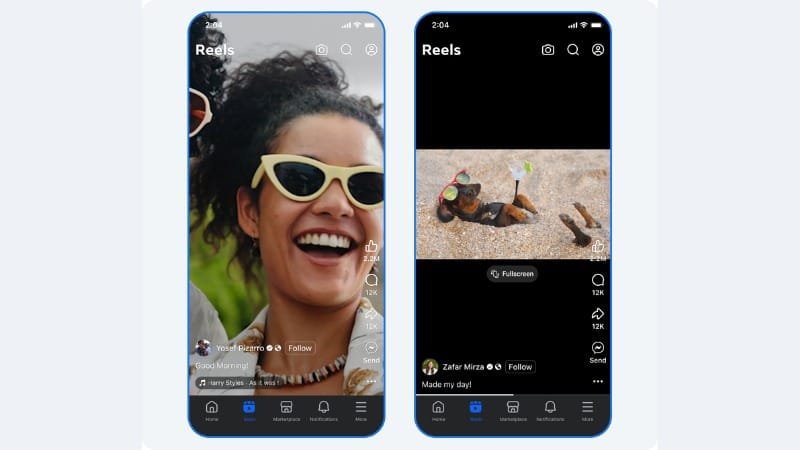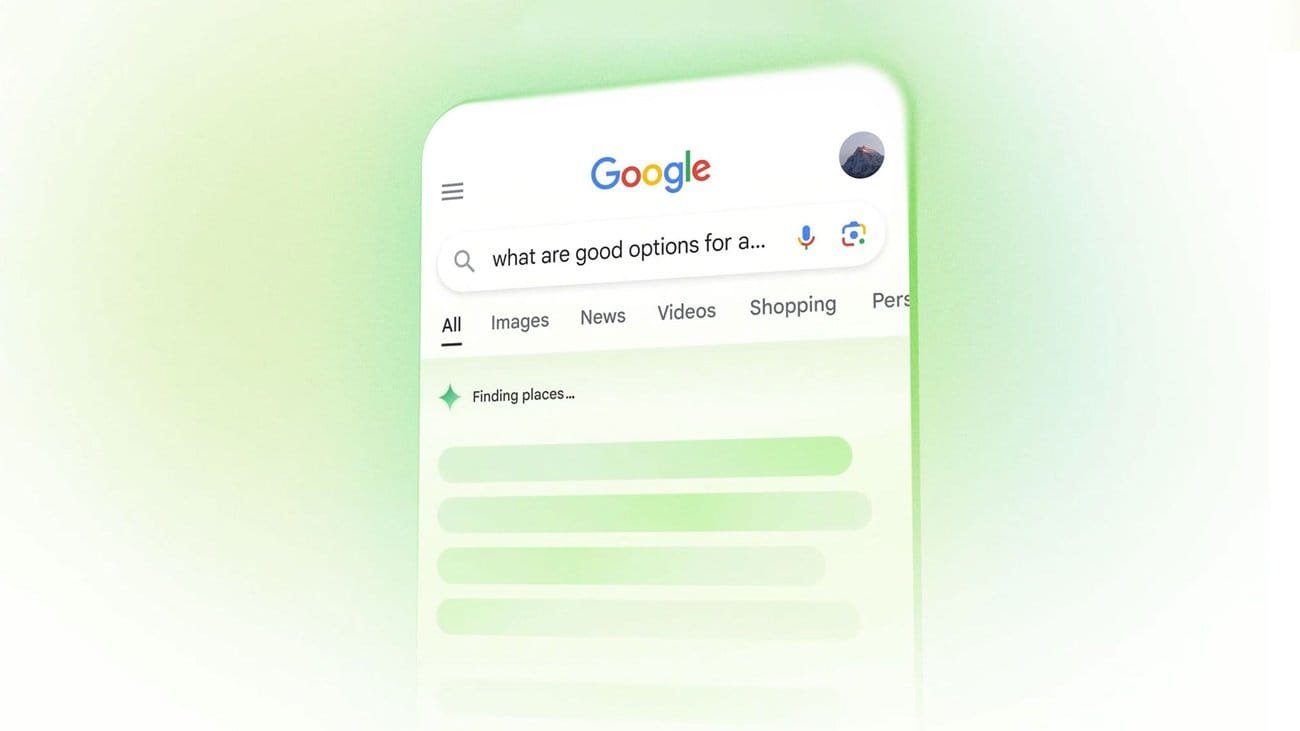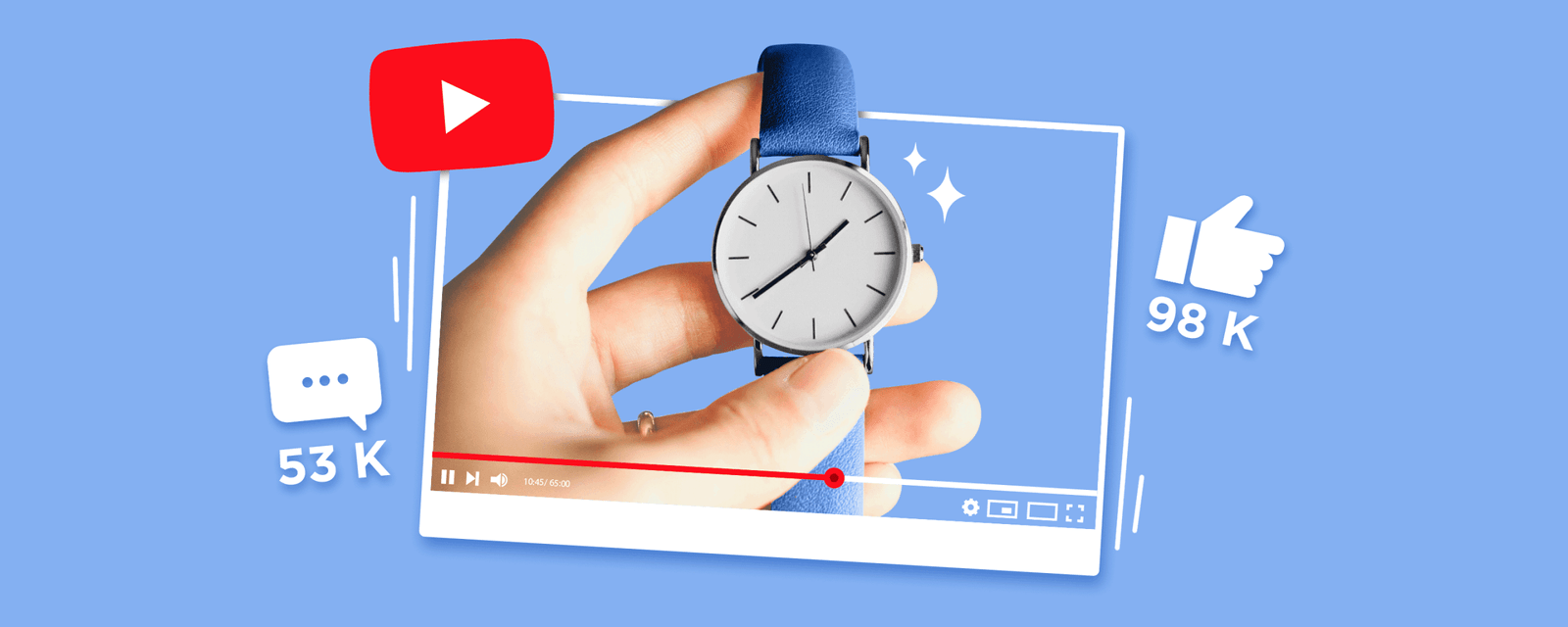“Show me a dreamy beach scene with neon skies and lo‑fi music.” That’s all it takes for modern AI to turn text into visually stunning videos. In 2025, two leading AI tools – Google Veo 3 vs OpenAI Sora – are redefining how digital creators approach video production.
Google Veo 3 is Google DeepMind’s most advanced AI video generator, capable of producing high‑quality videos from both text and images. It delivers cinematic motion, smooth audio‑visual integration, and impressive realism. Videos reach up to 1080p with 4K support on the horizon. Each clip is currently about 30 seconds long, ideal for short ads or quick explainers. What sets Veo 3 apart is its precise scene control – allowing detailed camera movement, composition adjustments, and realistic physics. It also integrates with YouTube, Google Cloud, and Imagen. While powerful, its $249.99/month cost and longer rendering times may limit accessibility for smaller creators.
OpenAI Sora, launched in 2024, blends language and visual understanding for rich storytelling. Also capable of 1080p output, Sora can create videos exceeding 60 seconds, making it ideal for narrative‑driven content. It maintains scene consistency, ensuring characters, backgrounds, and motion flow seamlessly. While it doesn’t generate audio yet, Sora excels in cinematic storytelling and artistic expression. Integrated into the Microsoft ecosystem and connected with ChatGPT, it’s accessible and user‑friendly for a wide range of creators.
In comparing Google Veo 3 vs OpenAI Sora, Veo 3 leads in technical precision, scientific accuracy, and ecosystem integration for realistic visuals, while Sora shines in emotional storytelling, longer video formats, and creative flexibility. Both are shaping the future of AI‑powered video creation, offering unique strengths for marketers, educators, and artists looking to bring their visions to life.
Source: BRANDCOM

